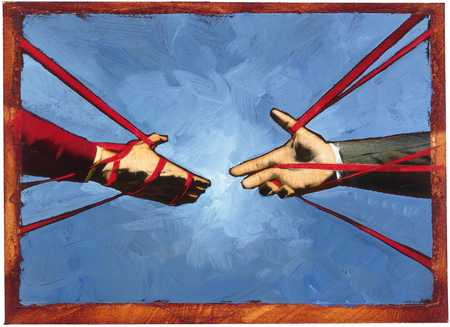2.2 — The Coase Theorem
ECON 315 • Economics of the Law • Spring 2021
Ryan Safner
Assistant Professor of Economics
safner@hood.edu
ryansafner/lawS21
lawS21.classes.ryansafner.com
Property Law
Property Rights
“Property is a bundle of legal rights over resources that the owner is free to exercise and whose exercise is protected from interference by others” (Cooter and Ulen, p.73)
- This bundle contains a lot of rights, to:
possess, use, develop, improve, transform, consume, deplete, destroy, sell, donate, bequeath, transfer, mortgage, lease, loan, or exclude others
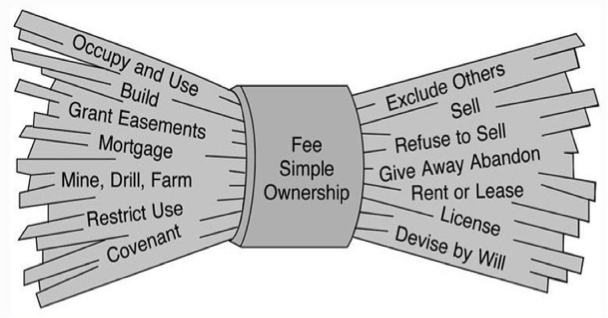
Property Rights
- Three important legal points:
These rights are impersonal — they attach to property, not persons
Owner is at liberty to exercise rights over her property (law neither forbids nor obliges her to)
Others are forbidden to interfere with owner’s exercise of her rights
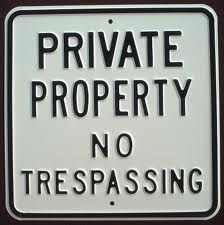
Property Rights
- Any property system must answer:
What can be privately owned?
What can (and can't) an owner do with her property?
How are property rights established?
What remedies are available when property rights are violated?

It's Not So Simple: A Story

It's Not So Simple: A Story
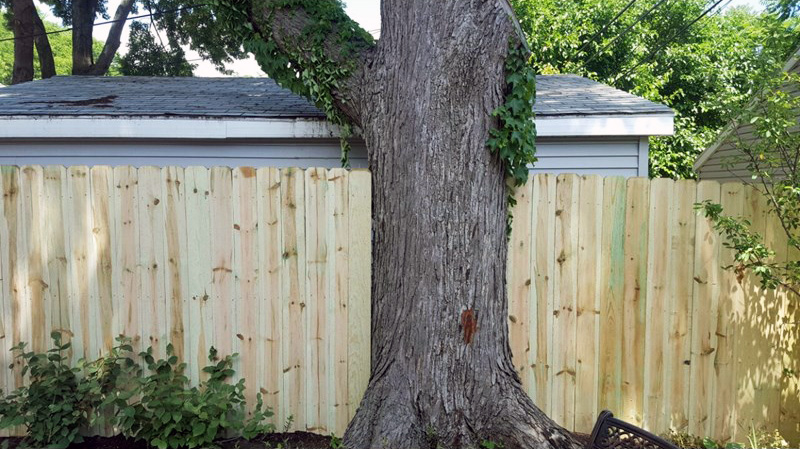
It's Not So Simple: A Story


This Story Has Million Dollar Implications

Fontainebleau Hotel Corp. v. Forty-Five Twenty-Five, Inc (1959) 114 So. 2d 357, 1959 Fla. App.

Source: Florida Trend (2014)
“The Fox Case”
In 1802, Lodowick Post organized a fox hunt in Southampton, NY
- His dogs caught the scent, and he gave chase to a fox
Jesse Pierson appears “out of nowhere,” kills, and claims the fox for his own
- Claims not to have seen Post
Post sued Pierson to get the fox back
- Lower court sided with Post; Pierson appealed to NY Supreme Court

“The Fox Case”
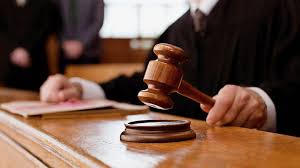
Legal question: When do you own an animal?
NY Supreme Court ruled for Pierson (who killed fox)
“If the first seeing, starting, or pursuing such animals...should afford the basis of actions against others for intercepting and killing them, it would prove a fertile source of quarrels and litigation”
“However uncourteous or unkind the conduct of Pierson towards Post, in this instance, may have been, yet his act was productive of no injury or damage for which a legal remedy can be applied. We are of opinion the judgment below was erroneous, and ought to be reversed.”
“The Fox Case”
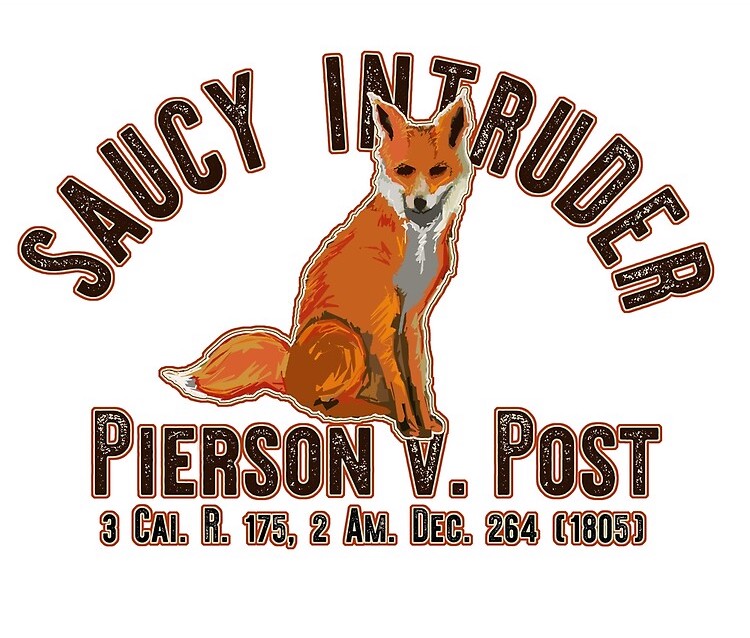
- Judge Livingston’s dissent:
“[A] fox is a "wild and noxious beast." Both parties have regarded him, as the law of nations does a pirate, "hostem humani generis,"...His depredations on farmers and on barn yards, have not been forgotten; and to put him to death wherever found, is allowed to be meritorious, and of public benefit. Hence it follows, that our decision should have in view the greatest possible encouragement to the destruction of an animal, so cunning and ruthless in his career.”
“But who would keep a pack of hounds; or what gentleman, at the sound of the horn, and at peep of day, would mount his steed, and for hours together...pursue the windings of this wily quadruped, if, just as night came on, and his stratagems and strength were nearly exhausted, a saucy intruder, who had not shared in the honours or labours of the chase, were permitted to come in at the death, and bear away in triumph the object of pursuit?”
What Rule?
If Pierson gets the fox
- simpler rule: “finders keepers”
- bright-line, easy to implement, discourages disputes
If Post gets the fox
- better incentives for hunting hard-to-catch noxious animals (like foxes)
Same tradeoff between simplicity and good incentives as the whaling cases!

Some More Examples of Disputes

My neighbor likes tall trees
- does she have the right to plant a tree on her property that shades my pool?
- do I have a right to an unobstructed view? or an unshaded pool?
You want to have a party
- do you have the right to make noise in your house/dorm?
- does your neighbor have the right to good nights sleep in their house/dorm?
I own a small plant located on a river
- do I have a right to use the river for cooling?
- do I have a right to pollute as much as I want?

How Should Property Rights Be Allocated?
Example: There is a car which you value at $3,000, and I value at $4,000.
- It is efficient for me to end up with the car.

How Should Property Rights Be Allocated?
Example: There is a car which you value at $3,000, and I value at $4,000.
It is efficient for me to end up with the car.
Suppose I start out with the car

How Should Property Rights Be Allocated?
Example: There is a car which you value at $3,000, and I value at $4,000.
It is efficient for me to end up with the car.
Suppose I start out with the car
Suppose instead, you own the car

How Should Property Rights Be Allocated?
Example: There is a car which you value at $3,000, and I value at $4,000.
It is efficient for me to end up with the car.
Suppose I start out with the car
Suppose instead, you own the car
It does not matter who is initially assigned a property right, our bargaining will reach the efficient result!

The Coase Theorem
It (Often) Doesn't Matter How We Start
- This is the essence of what is called the Coase theorem:
If transaction costs are low, with well-defined and tradeable property rights, parties can bargain voluntarily to reach the efficient outcome.
- Note: the starting point does matter for distribution!

It (Often) Doesn't Matter How We Start
Coase: there is nothing new or radical here, if you understand Adam Smith
Resources tend to flow to those who value them the most
Example: I will pay you to acquire the car if you currently own it

More Interesting: Incompatible Uses
We don't need to resort to law for mutually-agreeable transactions (like the car)
What's more interesting are incompatible uses of our own property that give rise to conflict
- One person's use of their own property imposes an externality on another
Here, we do need the law to define the rights...but that's not the end of the story

The Pigouvian View
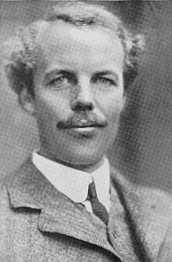
A.C. Pigou
1877-1959
Each party only considering own MPC and MPB
Injurer harms→ Injured
Examples:
- polluting factory harms→ households living nearby
- neighbor planting trees harms→ my shaded pool
- partying neighbor harms→ quiet neighbor
Tax/restrain injurer (A) until his MPC = MSC
Externalities as a Property Rights Problem

Ronald H. Coase
(1910-2013)
Economics Nobel 1991
Harm is actually bilateral, not unilateral
- Party A ⟺⏟harms Party B
Requires two associating parties to have a dispute
Settling the dispute will impose a cost on some party
Origin of the problem is unclear property rights!
- Who has right/duty over activities creating the externality?
Coase, Ronald H, 1960, "The Problem of Social Cost," Journal of Law and Economics 3:1-44
Externalities as a Property Rights Problem

Ronald H. Coase
(1910-2013)
Economics Nobel 1991
“The traditional approach has tended to obscure the nature of the choice that has to be made. The question is commonly thought of as one in which A inflicts harm on B and what has to be decided is: how should we restrain A? But this is wrong. We are dealing with a problem of a reciprocal nature. To avoid the harm to B would inflict harm on A. The real question that has to be decided is: should A be allowed to harm B or should B be allowed to harm A?” (p.2).
Coase, Ronald H, 1960, "The Problem of Social Cost," Journal of Law and Economics 3:1-44
Coase's Example: Farmer and Rancher
Consider a farmer and a rancher who own adjacent land
Cattle occasionally stray and damage the farmer's crops

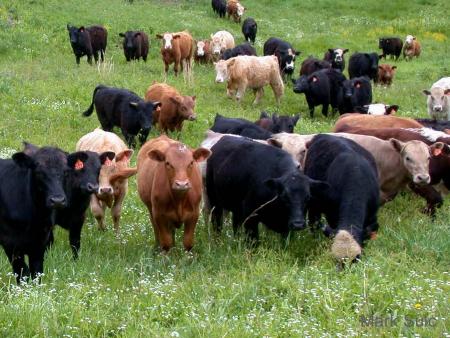
Coase's Example: Farmer and Rancher
If no adjacent farmer, or no adjacent rancher, no problem!
Who is responsible for the crop damage?


Coase's Example: Farmer and Rancher
- English common law: “closed range”/“fencing in” (farmer's rights)
- Ranchers have responsibility to control their herd
- Ranchers must pay for any damage done by herd

Coase's Example: Farmer and Rancher
- U.S. law (at various times): “open range”/“fencing out” (rancher's rights)
- Ranchers can let their herd roam free
- Ranchers are not liable for damages done by herd†
† Unless the farmer had a clear fence and the cattle broke through it.
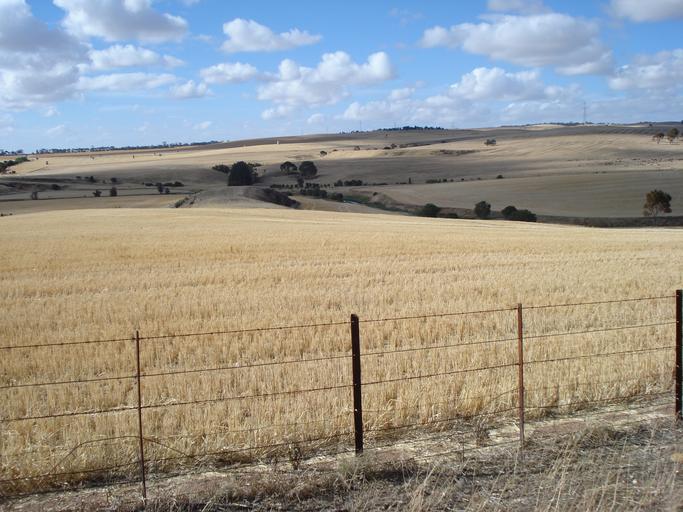
Coase's Example: Farmer and Rancher
Which rule is more efficient?
Consider incentives to farmer & rancher under:
- Open range (rancher's rights)
- rancher only weighs private MC and MB, imposes externality on farmer
- farmer has incentive to try to reduce damage (build fence, plant different crops)
- Closed range (farmer's rights)
- farmer has no incentive to build a fence or plant different crops
- rancher has incentive to try to reduce damage
- Open range (rancher's rights)


Coase's Example: Farmer and Rancher
Coase: it doesn't matter which rule we use — both lead to efficient outcome!
Under rancher's rights, farmer will build fence or pay rancher to keep fewer cattle
Under farmer's rights, rancher can build a fence or pay farmer to build a fence
Regardless of the rule, the parties can negotiate to reach the efficient combination of cattle, crops, fences, etc.


A Numerical Example: Farmer and Rancher
- Suppose there are three solutions to the problem:
- Rancher builds a fence around herd: costs $400
- Farmer builds a fence around crops: costs $200
- Do nothing


A Numerical Example: Farmer and Rancher
Suppose there are three solutions to the problem:
- Rancher builds a fence around herd: costs $400
- Farmer builds a fence around crops: costs $200
- Do nothing
If expected crop damage is $100
- Rancher's rights: farmer lives with damages
- Farmer's rights: rancher pays for damages rather than fence


A Numerical Example: Farmer and Rancher
Suppose there are three solutions to the problem:
- Rancher builds a fence around herd: costs $400
- Farmer builds a fence around crops: costs $200
- Do nothing
If expected crop damage is $100
- Rancher's rights: farmer lives with damages
- Farmer's rights: rancher pays for damages rather than fence
If expected crop damage is $500
- Rancher's rights: farmer builds fence
- Farmer's rights: rancher pays farmer to build fence
Efficient outcome under either rule!


Lots of Examples in Common Law

Ronald H. Coase
(1910-2013)
Economics Nobel 1991
Coase provides lots of examples from nuisance cases in common law:
- Sturges v Bridgman 11 Ch. D. 852 (1879)
- Fontainebleau Hotel Corp. v. Forty-Five Twenty-Five, Inc (1959) 114 So. 2d 357 (1959)
- Bryant v. Lefever 4 C.P.D. 172 (1878-1879)
- Bass v. Gregory 25 Q.B.D. 481 (1890)
In each case, regardless of who is held liable (or found to have the property right), parties can negotiate to undertake whatever remedy is cheapest to fix (or endure), leading to efficient outcome
Coase: Another Example
"[Imagine] the case of a confectioner the noise and vibrations from whose machinery disturbed a doctor in his work. To avoid harming the doctor would inflict harm on the confectioner. The problem posed by this case was essentially whether it was worth while, as a result of restricting the methods of production which could be used by the confectioner, to secure more doctoring at the cost of a reduced supply of confectionery products," (p.2).
Coase, Ronald H, 1960, “The Problem of Social Cost” Journal of Law and Economics 3: 1-44

Sturges v Bridgman 11 Ch. D. 852 (1879)
Coase: Another Example
Does the Doctor have the right to a quiet work environment?
Does the Confectioner have the right to use own equipment as noisily as he wants?
Note there was no problem until the Doctor expanded his waiting room!
Coase, Ronald H, 1960, “The Problem of Social Cost” Journal of Law and Economics 3: 1-44

Sturges v Bridgman 11 Ch. D. 852 (1879)
Coase: Another Example
Again, it doesn't matter for efficiency to whom the property right is awarded, so long as parties can bargain
If Doctor wins: confectioner can pay doctor to make noise, or buy soundproofing
If Confectioner wins: doctor can pay confectioner to slow/quiet production, or buy soundproofing

Sturges v Bridgman 11 Ch. D. 852 (1879)
The Coase Theorem, Reprise

Ronald H. Coase
(1910-2013)
Economics Nobel 1991
“Judges have to decide on legal liability but this should not confuse economists about the nature of the economic problem involved. In the case of the cattle and the crops, it is true that there would be no crop damage without the cattle. It is equally true that there would be no crop damage without the crops. The doctor’s work would not have been disturbed if the confectioner had not worked his machinery; but the machinery would have disturbed no one if the doctor had not set up his consulting room in that particular place...” (p.13).
Coase, Ronald H, 1960, “The Problem of Social Cost” Journal of Law and Economics 3: 1-44
The Coase Theorem, Reprise

Ronald H. Coase
(1910-2013)
Economics Nobel 1991
“If we are to discuss the problem in terms of causation, both parties cause the damage. If we are to attain an optimum allocation of resources, it is therefore desirable that both parties should take the harmful effects into account when deciding on their course of action. It is one of the beauties of a smoothly operating pricing system that...the fall in the value of production due to the harmful effect would be a cost for both parties,” (p.13).
Coase, Ronald H, 1960, “The Problem of Social Cost” Journal of Law and Economics 3: 1-44
The Coase Theorem, Reprise

Ronald H. Coase
(1910-2013)
Economics Nobel 1991
- Coase Theorem:
If transaction costs are low, with well-defined and tradeable property rights, parties can bargain voluntarily to reach the efficient outcome.
Requires:
- low transaction costs
- property rights to be well-defined
- property rights to be tradeable
The initial allocation of property rights does not matter, we will always get the efficient outcome
- initial allocation does matter for distribution
Relating Coase To Welfare Economics
First Welfare Theorem: competitive markets in equilibrium maximize efficiency
We said this is not true if there are externalities (or other types of market failure), a “missing market”
But defining tradeable property rights and letting parties negotiate is like introducing the “missing market”!
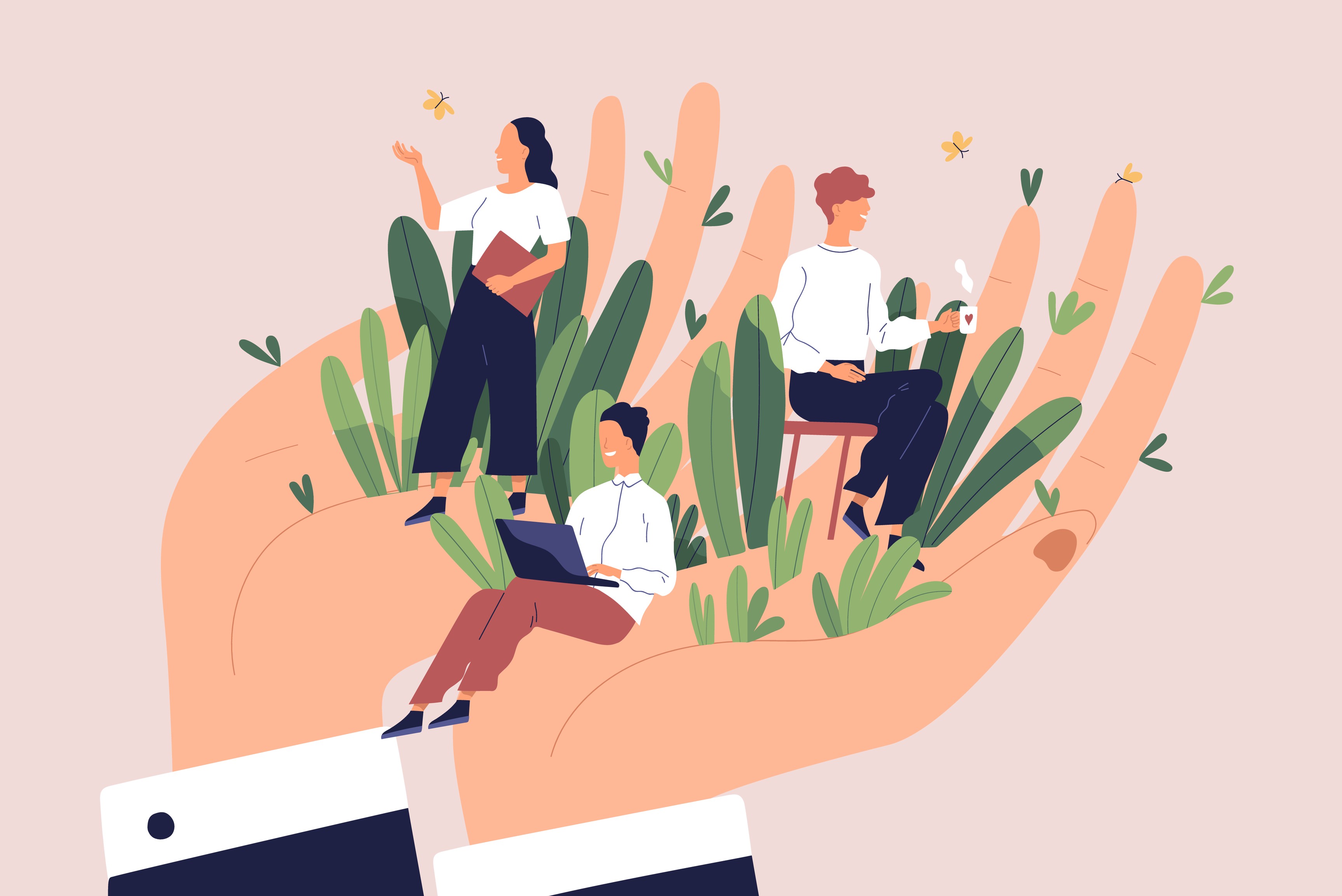
Transaction Costs
Back to Foxes
Return to Pierson v. Post — both the majority & dissent implied the ruling mattered for efficiency
Doesn't Coase make the case ruling irrelevant?
- If Post values it more, can buy it off Pierson, or vice versa, regardless of the ruling

Back to Foxes
Return to Pierson v. Post — both the majority & dissent implied the ruling mattered for efficiency
Doesn't Coase make the case ruling irrelevant?
- If Post values it more, can buy it off Pierson, or vice versa, regardless of the ruling
But it does matter because of transaction costs!
- Majority: if Post gets the fox, “a fertile course of quarrels and litigation”
- Dissent: killing foxes is a good thing (externality), so lots of people benefit; hard to get efficient amount of fox hunting via bargaining

Transaction Costs Matter
Recall the Coase Theorem is about when transaction costs are low
It also implies the corollary: when transaction costs are high, voluntary bargaining will not reach the efficient outcome!
That Was Coase (1960)'s Whole Point!

Ronald H. Coase
(1910-2013)
Economics Nobel 1991
“If market transactions were costless, all that matters (questions of equity apart) is that the rights of the various parties should be well-defined and the results of legal actions easy to forecast.
“But...the situation is quite different when market transactions are so costly as to make it difficult to change the arrangement of rights established by the law.”
“In such cases, the courts directly influence economic activity.”
“Even when it is possible to change the legal delimitation of rights through market transactions, it is obviously desirable to reduce the need for such transactions and thus reduce the employment of resources in carrying them out.”
Coase, Ronald H, 1960, “The Problem of Social Cost” Journal of Law and Economics 3: 1-44
That Was Coase (1960)'s Whole Point!

Ronald H. Coase
(1910-2013)
Economics Nobel 1991
“However, I tend to regard the Coase theorem as a stepping stone on the way to an analysis of an economy with positive transaction costs. The significance to me of the Coase theorem is that it undermines the Pigovian system. Since standard economic theory assumes transaction costs to be zero, the Coase theorem demonstrates that the Pigovian solutions are unnecessary in these circumstances. Of course, it does not imply, when transaction costs are positive, that government actions (such as government operation, regulation, or taxation, including subsidies) could not produce a better result than relying on negotiations between individuals in the market. Whether this would be so could be discovered not by studying imaginary governments but what real governments actually do. My conclusion: let us study the world of positive transaction costs,” (p.717).
Coase, Ronald H, 1992, “The Institutional Structure of Production,” American Economic Review 82(4): 713-719
That Was Coase (1960)'s Whole Point!

Ronald H. Coase
(1910-2013)
Economics Nobel 1991
“[W]hat are traded on the market are not, as is often supposed by economists, physical entities, but the rights to perform certain actions, and the rights which individuals possess are established by the legal system.” (p.717).
“Because of [transaction costs], the rights which individuals possess, with their duties and privileges, will be, to a large extent, what the law determines. As a result, the legal system will have a profound effect on the working of the economic system and may in certain respects be said to control it. It is obviously desirable that these rights should be as- signed to those who can use them most productively and with incentives that lead them to do so and that, to discover (and maintain) such a distribution of rights, the costs of their transference should be low...” (pp.717-718)
